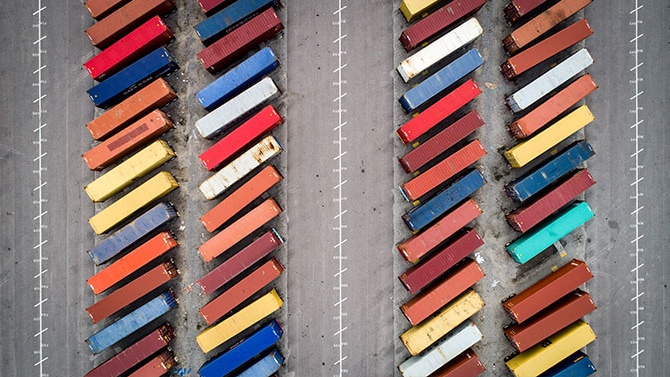{{item.title}}
{{item.text}}

{{item.text}}
The purpose of an FTA is not to remove all trade barriers, but to facilitate the movement of goods by reducing customs duties and other obstacles to trade between member states. FTAs achieve this by making use of the concept of ‘rules of origin’ to differentiate products that will benefit from the reduced duties (preferential duties) and barriers from those still subject to customs duties. By means of the protocols of the respective FTAs, members agree on set criteria, known as rules of origin, for determining the origin of products. ’Preferential origin’ refers to the category for products that meet the requirements for reductions or even exemptions from customs duties. These criteria vary depending on each FTA, since they are the result of individual negotiations between the contracting states. It is important not to confuse ‘preferential origin’ with ‘nonpreferential origin’ or any indication of origin (such as ‘made in‘), as the various types of origin have different legal bases.
Should a product qualify as an ‘originating good’, it can be imported into the contracting state subject to preferential tariffs or even duty free. Thus, preferential origins have a crucial influence on competitiveness in international and cross-border trade for exporting companies. A study conducted by the Trade Economist Network of the EU showed that companies exporting from the EU saved up to EUR 11 billion per year
worldwide by using the preference system based on the EU’s FTAs (report published in June 2018 with data mainly from 2016). The report also showed that the duty savings rate, i.e. the rate of actual savings compared to potential savings, was only 77.5%. There are various reasons why the preferential trade system has not been fully utilised. The complexity of the rules of origin is one of them.
Until the end of 2011, most protocols of FTAs differed only in small details. With the entry into force of the regional PEM Convention’s preferential rules of origin on 1 January 2012, the rules of origin of the respective agreements were unified in a single convention on origin. The respective agreements have been adapted gradually, thus allowing preferential circulation of industrial goods among those countries that have adopted and apply the rules of the origin within this Euro-Med cumulation zone.
The Joint Committee of the PEM Convention met in November 2019 to draft a revision of the existing preferential rules. Numerous simplifications are intended to facilitate origin management for affected companies as part of the revision. The following changes are worth noting:
Nevertheless, due to the diverse interests of the respective contracting states, it has been challenging to reach a consensus. In particular, the North African states have not yet agreed to the revised content of the PEM Convention. Therefore, 1 January 2021 as the overall date of entry into force was no longer feasible.
However, the current signatory states, such as the EU, the EFTA partners, the western Balkan states, the Faroe Islands, Turkey and most of the Mediterranean partner countries (MED) still want to apply the revised rules bilaterally and provisionally. The adoption of those new rules is currently under review by the states and is expected to be concluded during the second half of 2021.
Rules of origin are complex and extremely challenging to put into practice. Origin management within a company requires in-depth knowledge of the following key elements (see Fig. 1):
Figure 1: Overview of issuing proof of preferential origin
Efficient origin management therefore requires that each company interprets the rules of origin for its products (origin calculation). This requires in-depth knowledge of one’s own manufacturing and/or trading activities, accurate document management and automation. Should these aspects be assigned to different areas of a company (e.g. purchasing, production, sales, legal department, IT, etc.), cross-departmental cooperation and communication becomes essential.
The PEM Convention’s vision to simplify and harmonise rules of origins is therefore a very welcome development. However, the fact that not all contracting states are willing to recognise the conditions of the revised PEM Convention leads to additional practical challenges and questions. At present, the policy is to recognise both the previous and the new rules during a transitional period. However, companies must decide in advance whether they want to continue operating as they did before or switch to the new PEM rules. Cumulation is only possible under either the previous or the new rules due to the different cumulation zones.
This situation gives rise to various practical questions. Any potential exporter should therefore consider the following aspects, among others:
Of course, the situation will differ for each company and certain factors are beyond a company’s influence. We recommend therefore that affected companies examine their individual situation as soon as possible and analyse whether switching over to the revised rules is worthwhile even before the PEM convention comes into force or whether patience is the better alternative. Whatever they decide, companies must still be vigilant and take proactive action to reconsider their approach to rules of origin.
Our customs and international trade specialists from around the globe will share their experiences, ideas and insights with you, and help you navigate an ever-increasing web of regulations and controversy efficiently, effectively and successfully.
#social#
{{item.text}}

{{item.text}}

